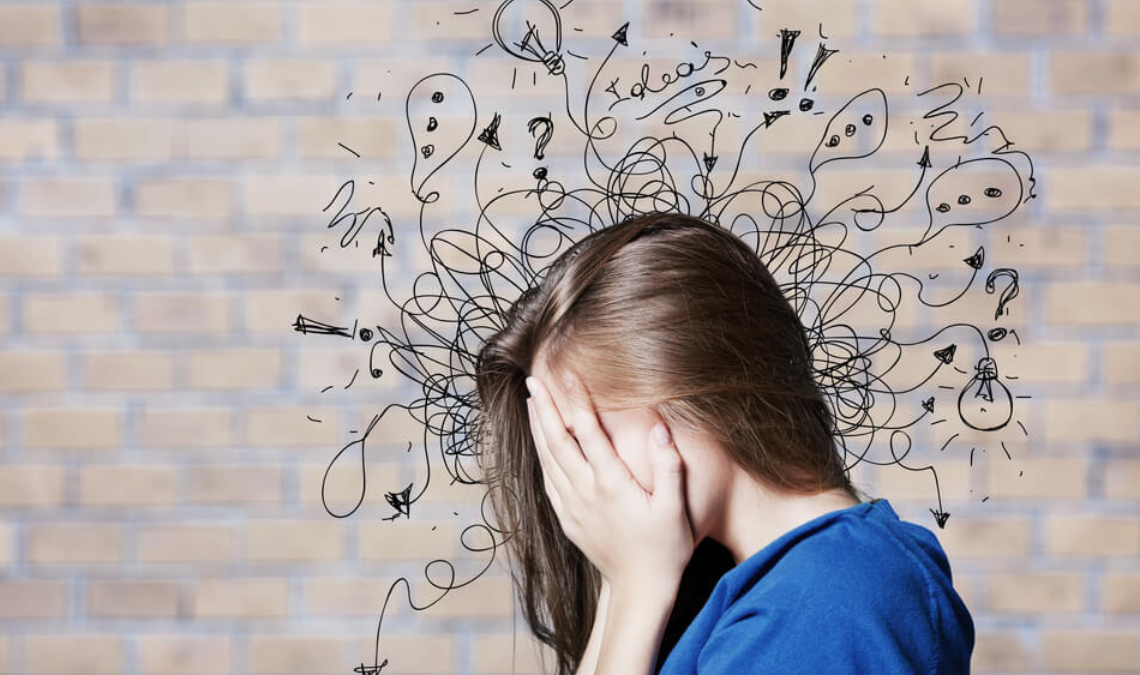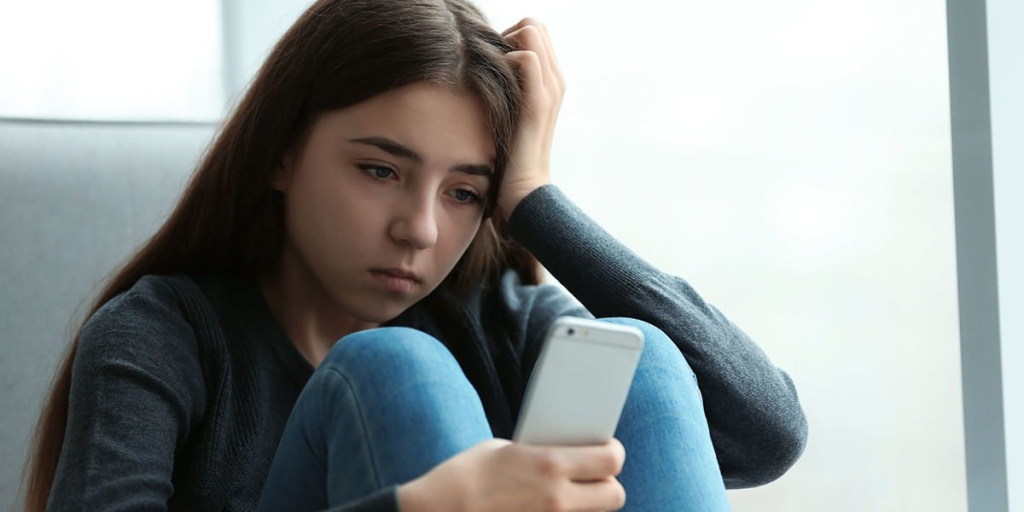
Among Malaysian youth aged 13 to 17, mental health challenges are prevalent, with one in five experiencing depression, two in five facing anxiety, and one in ten dealing with stress. Worryingly, 10.1% of youths reported attempting suicide. Malaysia currently has four psychiatric hospitals offering mental health services, with 410 psychiatrists across the public and private sectors—equivalent to just 1.27 psychiatrists per 100,000 people. In a 2022 mental health survey conducted by Rakuten Insight, 59% of respondents aged 16 to 24 reported heightened levels of stress or anxiety over the past year.
The post COVID-19 pandemic also has increased anxiousness in children and adolescents because to interruptions in their typical routines in school, family life, and peer connections. It is not always simple to tell the difference between typical fears and anxiety disorders in children and teenagers, especially during stressful times. For example, young people frequently worry about their homework or tests, although this is generally just transitory when the acute stressor has passed. However, if worrying becomes a habit and interferes with a child’s everyday functioning, it can have a severe impact on their overall quality of life.
Recognizing Anxiety in Kids
Some children tend to experience higher levels of worry and anxiety than others, particularly when faced with significant changes like moving to a new home or starting at a different school. Traumatic events, such as a car accident or a house fire, can also trigger anxiety in young people. Tensions and conflicts within the family often contribute to a child’s sense of unease and stress. At school, kids may feel anxious about academics, relationships with teachers, bullying, or feelings of isolation. They may even struggle with sensory overload, like the noise and commotion of other students. Teenagers, in particular, are more susceptible to social anxiety, often avoiding social situations or finding excuses to leave gatherings due to discomfort.
Symptoms of Anxiety in Children vs. Teens
Symptoms of anxiety can vary widely in children and teenagers, often going unnoticed. In children, anxiety disorders may manifest as irritability, nervousness, excessive worrying, shyness, sleep disturbances, or physical issues like headaches and stomach problems. Children are heavily influenced by their surroundings, which can leave them feeling drained, isolated, fearful, or ashamed. Anxiety can also impact their ability to form friendships or engage in social activities. Common symptoms in children include:
- Greater than average for their age, to worry and/or cry.
- Say they are not feeling well with headaches, stiff muscles, or upset stomach are common complaints.
- Not able to sleep alone, having nightmares or difficulty falling asleep.
- Feel restless and find it difficult to unwind or remain still.
- Easily become angry.
- Unable to concentrate.
- Skip classes

For teenagers, many of their anxieties revolve around self-perception, which can include academic performance, pressure to succeed in school, how they are viewed by others, and concerns about their body image, especially during physical development. With the rise of social media, these pressures are often amplified. Teens are constantly exposed to idealized images, comparisons with peers, and the pressure to present a “perfect” version of themselves online. This can increase feelings of inadequacy and fuel anxiety about their appearance, social standing, or popularity. Anxiety in teens can be particularly hard to detect because they often hide their thoughts and emotions. However, some key signs to watch for include:
- Persistent fears or worries about everyday life.
- Withdrawing from friends or social activities.
- Irritability or sudden outbursts.
- Struggles in school or unexpected drops in academic performance.
- Sleep disturbances.

Anxiety, regardless of the precise symptoms kids or teens exhibits, can have a severe impact on their thoughts, emotions, and physical health. As a result, their intellectual and social functioning may suffer. Helping individuals deal with the problem begins with identifying the sources of their anxious symptoms.
Conclusion
In conclusion, anxiety among Malaysian youth is a growing concern, with symptoms often manifesting differently in children and teens. Social, academic, and online pressures, especially from social media, contribute significantly to their mental health struggles. Recognizing and addressing anxiety early is essential to help them navigate these challenges and improve their overall well-being. Proactive support, awareness, and access to mental health resources can make a critical difference in helping young people cope with anxiety and lead healthier, more balanced lives.
Log in or Sign Up at www.pandai.org
Download Pandai App now via Google Play or App Store.
Follow us on our Social Media Now!
Facebook: @pandaiofficial
Instagram:@pandaiofficial
Twitter: @pandaiofficial
TikTok: @pandaiofficial

